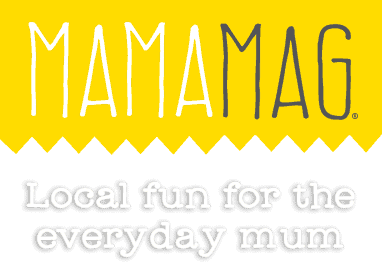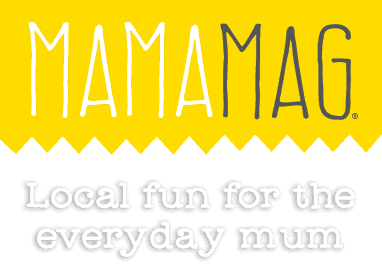Financial literacy is slipping by the wayside. Schools don’t teach it and because of this, many parents also don’t have the know-how to teach these important skills to their children, resulting in another generation that isn’t fully empowered to flourish. As parents, we want our children to have every opportunity for success. Keeping this in mind, how can parents go about teaching their kids money management skills? Here are 5 great activities that teach children, across age groups, how to work with money wisely.
1. Play pretend shop
This activity is great fun and it’s an ideal method to convey the value of money and the process of exchanging it for goods, especially to young children who haven’t started primary school yet.
Choose a number of items from around the home (toys are usually popular) as the “for sale” items. Give each item a numerical value. Using paper, create money that matches the numerical values of the items for sale. At this age, adding and subtracting might be too complex, keep it simple and aim to teach the children about the process of buying. Take turns to be the buyer and the seller.
2. Provide a weekly/monthly allowance and give the kids their own “expenses”
Children who get a regular allowance are better equipped to learn to manage their money. Whether they want to save up to buy an expensive toy or learn how to budget, knowing how much money they will get each week or month will help them to plan how they will spend their money.
Teach them to ensure they always manage to keep some of their money aside as savings, and that they should only buy something if they will have enough money and still have some leftover.
3. Assign chores and give each chore a financial value
Washing cars is a common chore that kids do to try and earn some pocket money. Parents can build on this by setting out a number of chores and attaching value to each chore. Children can choose the chores they’d like to do, and they can get paid according to the value of the chores they have chosen. This teaches children that money represents effort and time, it’s not freely available. It also teaches children how much effort goes into acquiring the things they want. Rather than viewing a new toy car as costing $20, they can view it as 4 car washes at $5 a pop.
4. Involve older children in the planning of vacation budgets
Planning a family vacation? When you book your hotels and plan your routes, involve your young teens in establishing a budget for your trip. It’s insightful for them to see what kind of planning goes into affording the fuel/plane tickets, the hotels, the restaurants, and the attractions. Allow children to take ownership in the decision-making processes while you give them a real-life view of how much it really costs to go on vacation. The actual planning process also teaches them important life skills.
5. Use visits to the grocery store as learning opportunities
Compile a shopping list and enlist the help of your children to find the items on the list. Teach the children about comparing the prices of different brands by giving them a budget within which to complete the shopping. It’s also important to teach them that with certain grocery items, cheaper is not better, while others are entirely selected based on budget.
By Sonia Gibson, Director at Accounting Heart Chartered Accountants Sonia has always loved solving puzzles and empowering people to help themselves. Accounting Heart brings these two passions of hers – her head and heart – together. While figures might send you batty, to Sonia they tell the unique story of your business. It’s her role to translate that story into one you’ll understand so you can then write it your own way. www.accountingheart.com.au


